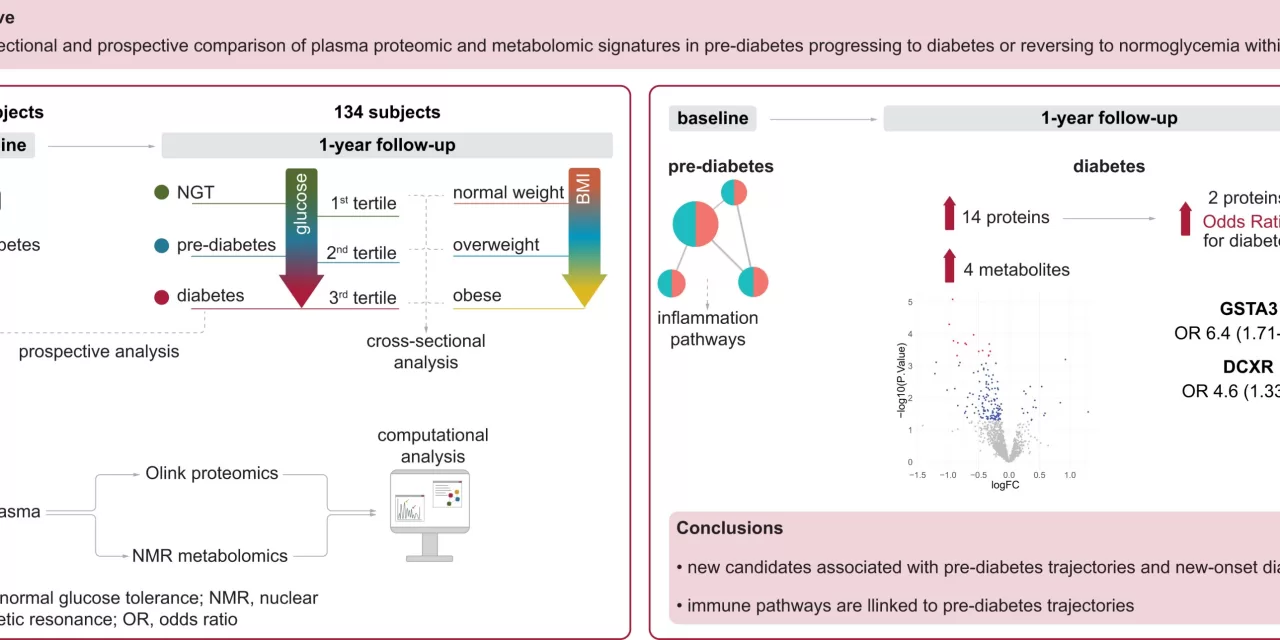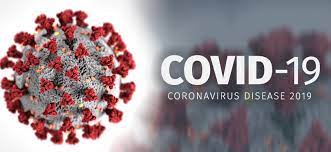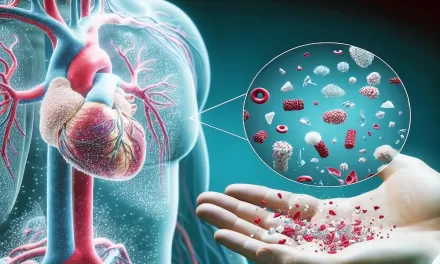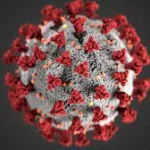Researchers have identified key blood markers that could predict whether individuals with prediabetes will progress to type 2 diabetes or successfully revert to normal blood sugar levels. This groundbreaking study was conducted by scientists from the Paul Langerhans Institute Dresden of the German Center of Diabetes Research (DZD) and their collaborators. Their findings were recently published in the journal Diabetes Care.
Prediabetes is a condition characterized by blood sugar levels that are higher than normal but not yet in the diabetic range. While many individuals with prediabetes eventually develop type 2 diabetes, some are able to return to normoglycemia. Understanding what determines these divergent outcomes has been a critical question for researchers and healthcare professionals alike.
Key Findings of the Study
The research team utilized data from the DZD multicenter Prediabetes Lifestyle Intervention Study (PLIS) to analyze the proteomic and metabolomic profiles of individuals with prediabetes. They compared those who progressed to diabetes with those who reverted to normoglycemia within a year.
The study, led by Prof. Nikolaos Perakakis, examined 1389 proteins and 152 metabolites from plasma samples taken from participants at the prediabetes stage and again a year later. Among the most significant findings were notable differences in 14 proteins between individuals who developed diabetes and those who regained normal glucose levels. Six of these proteins were identified for the first time in relation to diabetes progression.
Key Biomarkers Identified
Two proteins—Dicarbonyl/L-xylulose reductase (DCXR) and Glutathione S-transferase A3 (GSTA3)—were found to be particularly predictive of diabetes development. Elevated concentrations of these proteins at the prediabetes stage were linked to a significantly higher risk of progressing to diabetes within a year.
The study also highlighted the role of immune system pathways in glucose regulation. Pathways involved in leukocyte chemotaxis, cytokine signaling, and immune responses to infections were strongly associated with the progression of prediabetes to diabetes.
From a metabolomic perspective, individuals who developed diabetes had increased levels of intermediate-density lipoproteins, branched-chain amino acids, apolipoprotein A2, and glutamate. Notably, these metabolic markers correlated more strongly with insulin sensitivity than with pancreatic beta cell function.
Implications for Future Research and Treatment
Prof. Perakakis emphasized the importance of these findings, stating, “We were able to successfully identify new candidates associated with the progression of prediabetes to diabetes or vice versa. Furthermore, we demonstrated that immune response pathways play a significant role in prediabetes trajectories.”
The newly identified proteins could serve as potential biomarkers to predict prediabetes outcomes and may be targeted in future studies focused on glucose regulation and diabetes prevention.
Conclusion
This study offers valuable insights into the biological mechanisms underlying prediabetes and its progression. By identifying specific proteomic and metabolomic markers, researchers are paving the way for early detection and personalized intervention strategies to prevent diabetes.
Disclaimer: This article is for informational purposes only and should not be considered medical advice. Individuals concerned about their blood sugar levels or diabetes risk should consult a healthcare professional for personalized assessment and guidance.











